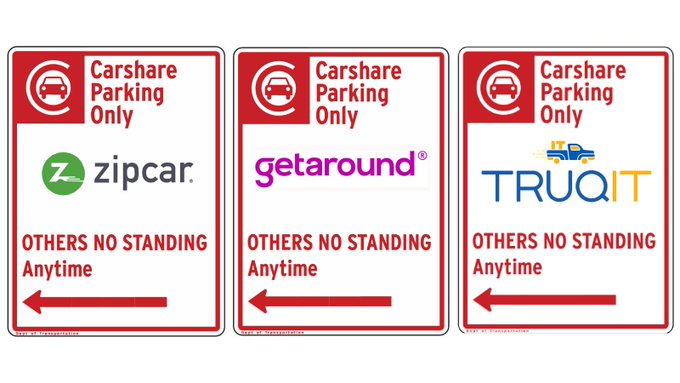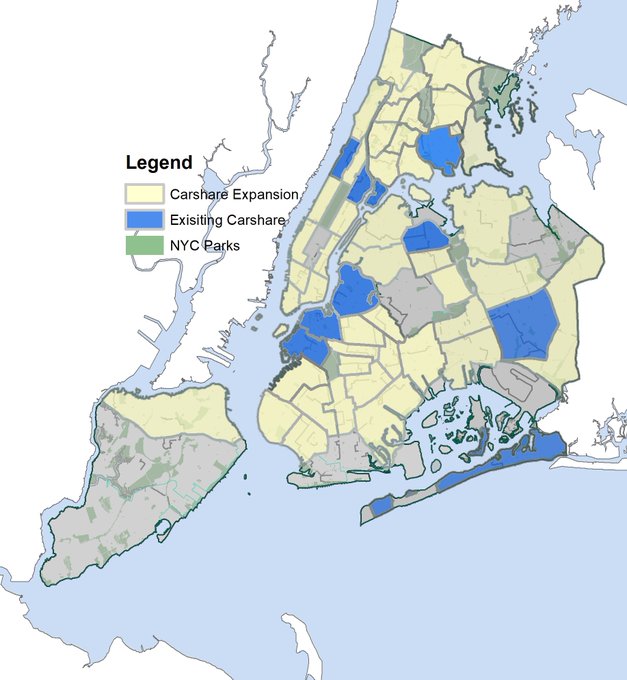



Last fall, city Housing Authority carpenters performing work at a public housing complex in Washington Heights made a disturbing discovery inside a tenant’s bathroom: black splotches flowering on what appeared to be a newly installed drop ceiling.
When they removed the ceiling, they found a thick coating of toxic black mold festering in the rafters behind it and covering the backside of the sheetrock.
A subsequent investigation revealed that a contractor had put up drywall over mold and water leaks in multiple apartments at the development. The examination found open mold and leak repair requests in 45 apartments — fixes the contractor had failed to address.
Another problem: The contractor who performed the inadequate work was affiliated with the private-sector developer that was about to take over management of the public housing development under a controversial program NYCHA is relying on known as Rental Assistance Demonstration — aka, RAD.
Behind the scenes, the alleged mold cover-up set off alarm bells. An investigation by THE CITY confirmed NYCHA officials quietly altered the authority’s protocols on all RAD transitions going forward, ratcheting up oversight of all properties that convert ,to private management under the program.
From now on, NYCHA said it would ensure that developers preparing a building for RAD conversion use only mold-resistant sheetrock. The developers will be provided with an apartment’s mold history — and NYCHA will follow up to make sure open repair requests are addressed.
“Due to this investigation, NYCHA has instituted better controls to protect against any confusion surrounding (RAD) conversions,” NYCHA management wrote in response to THE CITY’s questions about the mold issue.
NYCHA has made no public announcement about any of this, and it’s easy to see why: RAD has become a hot-button issue confronting the Housing Authority as it attempts to redress a history of negligence and remedy unsafe and unhealthy living conditions that have plagued many of its 400,000 tenants for decades.

 From the Daily News:
From the Daily News:
 From the NY Post:
From the NY Post:

